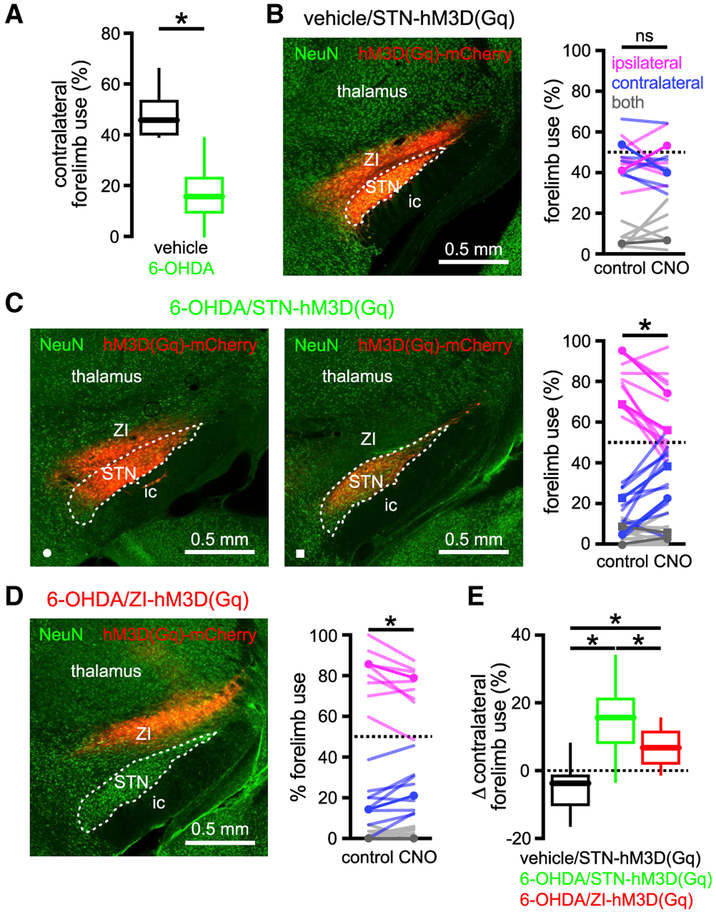Figure 7. Chemogenetic Activation of the STN Improved Motor Function in Unilateral 6-OHDA-Injected Mice.
(A) In unilateral 6-OHDA-injected mice (green) contralateral forelimb use during vertical exploration was lower than in DA-intact, vehicle-injected mice (black).
(B and E) In vehicle-injected, DA-intact mice forelimb use was symmetric and not affected by chemogenetic activation (CNO) of hM3D(Gq)-mCherry expressed in the STN and zona incerta (ZI) (B, left panel, hM3D(Gq)-mCherry expression; B, right panel, population data, example highlighted).
(C and E) In 6-OHDA-injected, DA-depleted mice forelimb usage was asymmetric but ameliorated by chemogenetic activation of hM3D(Gq)-mCherry expressed in the STN and ZI (C, left panel) or the STN alone (C, middle panel; expression was restricted to the STN in a GABRR3-cre mouse through injection of an AAV carrying a cre-dependent construct; C, right panel, population data with examples highlighted).
(D and E) In 6-OHDA-injected, DA-depleted mice asymmetric forelimb use was moderately ameliorated by chemogenetic activation of hM3D(Gq)-mCherry expressed in the ZI (D, left panel, hM3D(Gq)-mCherry expression; D, right panel, population data, example highlighted).
(E) However, the chemogenetic rescue of forelimb usage in 6-OHDA-injected mice was significantly greater when hM3D(Gq)-mCherry expression involved the STN.
*p < 0.05. ns, not significant.

